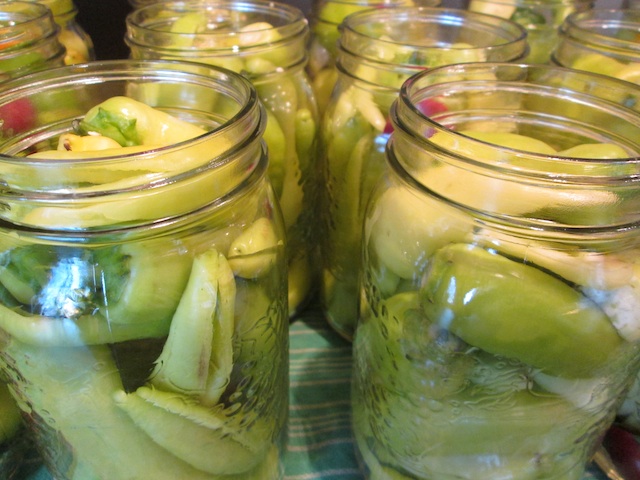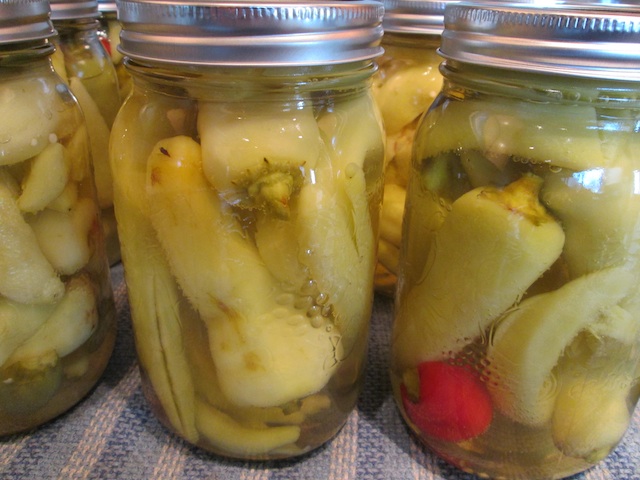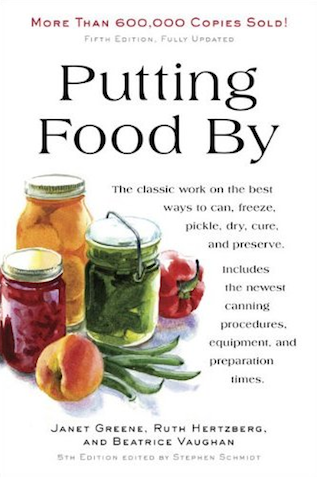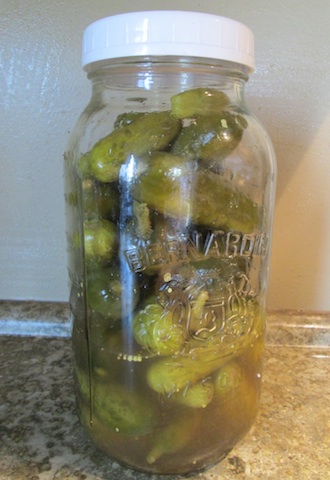
After getting a canning lesson with Rhonda Dieni, we decided to try canning ourselves. You can see the slits in the ends of each pepper. This ensures the solution gets inside the peppers.
My husband loves canned hot peppers. After getting a canning lesson from Rhonda Dieni a few weeks ago, we decided to try some canning ourselves. I started calling around to my favorite farmers to find out who had some banana peppers. Gardengate had a bumper crop of peppers this year so I got 9kg of banana peppers. I found a used water-bath canner and presser canner on the internet. I drove all over the city looking for canning jars but everyone was out at this time of year. It really showed me that we have a very active canning community in Kamloops. I finally found a case of 12, 1L jars and ordered two cases of 1/2L jars for pickup later.

Finding used canning equipment was very easy and cheap. Finding canning jars at this time of year was difficult. You can see the banana peppers from Gardengate in the top left corner.
I have found a great book for preserving food written by Janet Greene called Putting Food By. It is not a great idea to alter canning recipes because canning is more of a science than an art form. Nevertheless, I seem to alter just about every recipe I use. This recipe is based on Pickled Hot Peppers or Bell Peppers from the book Putting Food By. If canning is new to you, read the book before trying to can yourself or take a course with someone like Rhonda Dieni.
Hot Banana Peppers
12L of organic banana peppers, slit each end
12 hot red peppers, one for each jar
6c organic white vinegar
6c organic cider vinegar
12c water
12tsp kosher pickling salt
12, 1L mason jars, lids and collars
Wash the peppers well. It is not necessary to core, seed or remove the stems. Slit the end of each pepper. This will let the pickling solution get inside the pepper. Add one hot pepper to the bottom of each jar and pack each jar as full as possible. In a pot mix the vinegar, water and salt and heat just to the boiling point. Do not boil vinegar. Pour the hot solution over the peppers to within 1/2 inch of the jar rim. Process for 15 minutes in a boiling water bath. Remember to adjust the time for your elevation.

Here are the peppers just out of the hot water bath. I did find canning stressful the first time by myself. I know it will be easier next time.

Here are the peppers after cooling. I cleaned the jars and removed the metal collars before putting the jars in storage. The jars do not need the collars anymore. If you leave the collars on the jars they can become difficult to remove later.
Updated January 7, 2013: My family has not been very happy with these canned banana peppers. They where soft, mushy and had no zing. The Crock Banana Peppers on the other hand were crisp and wonderful. I did stumble on a way to make the canned banana peppers taste better. Being a frugal householder I reuse pickling juice for the vinegar part of salad dressings. I had a whole jar in the fridge and I just put the canned banana peppers, without the canning juice, into the pickling juice. The canned peppers became more firm and the flavor improved when soaked in the pickling juice for a few days.




